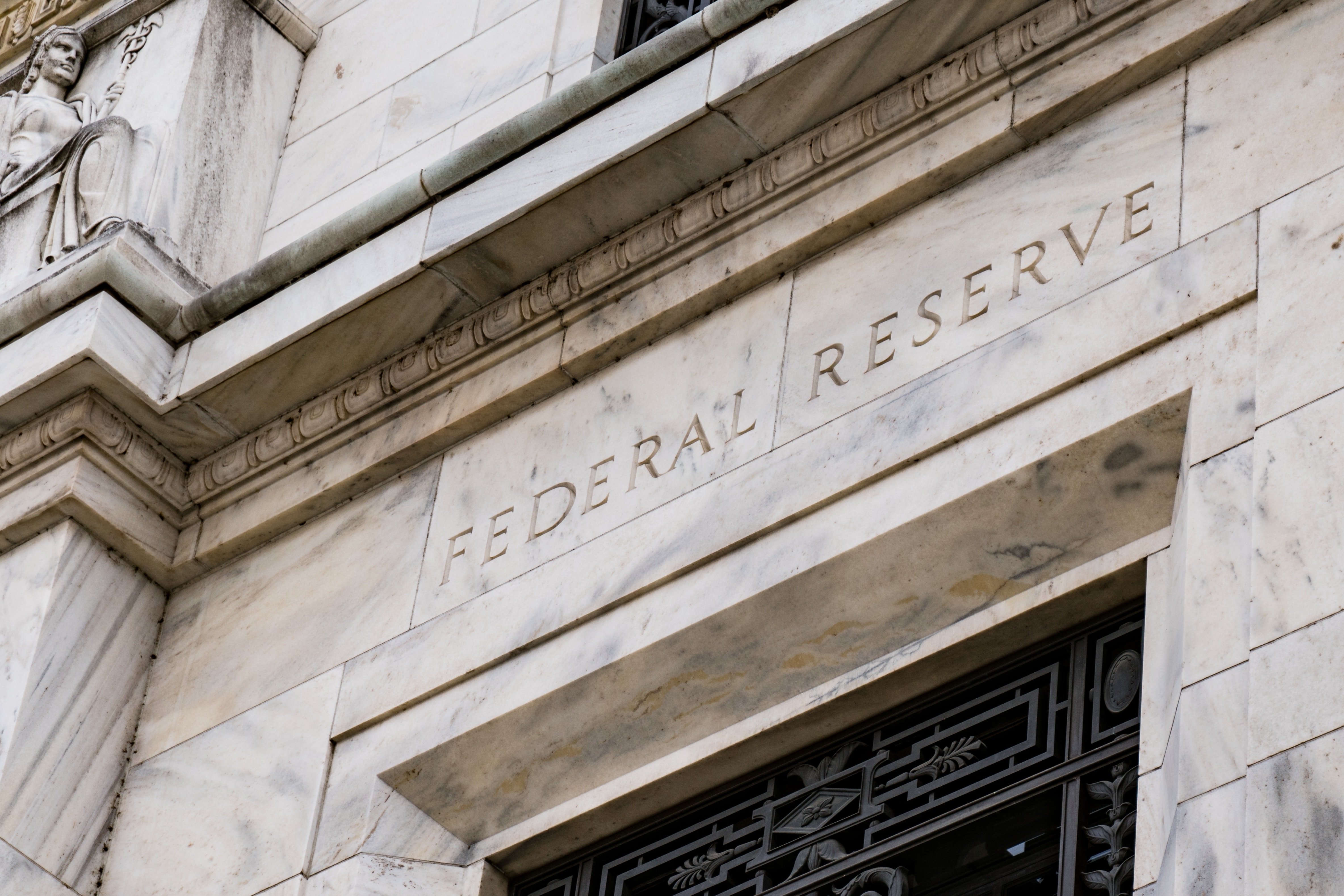The Federal Reserve will release one of its most widely anticipated economic forecasts of the year on Wednesday. The only problem is that economic forecasts are proving to be as unreliable as ever.
Along with its rate decision, the Fed will unveil its latest “Summary of Economic Projections,” a quarterly report that details Fed officials’ expectations for key economic variables including GDP growth, the inflation rate and interest rates.
The projection for interest rates will be of particular interest to investors since that is a variable the Fed directly controls.
In its last projection, released in December 2022, the central bank projected rates would end the year at 5.1%, which compares to a current fed funds rate of 4.5% to 4.75%.
As recently as 7 March, investors were expecting the Fed to project an even higher rate in this week’s SEP. That’s the day Fed chair Jerome Powell told Congress that stronger economic data necessitated higher interest rates.
“The latest economic data have come in stronger than expected, which suggests that the ultimate level of interest rates is likely to be higher than previously anticipated,” Powell said at the time. “If the totality of the data were to indicate that faster tightening is warranted, we would be prepared to increase the pace of rate hikes.”
Following those comments, Fed funds futures began pricing in a 5.5% federal funds rate for the end of 2023. But, oh, how quickly things change.
Banking crisis
Since Powell made his hawkish comments to Congress less than two weeks ago, market expectations for the federal funds rate shifted dramatically.
Today prices for fed fund futures suggest the Fed could cut rates to less than 4% by year-end – a full 1.5% below what was implied on the day of Powell’s comments.
What has changed, of course, is the state of the US banking system. Regional banks in the country are facing immense pressure following the overnight collapse of Silicon Valley Bank.
US bank ETFs are among the worst performing ETFs over the past month with the iShares S&P US Banks UCITS ETF (BNKS) leading the way, down 29%, as at 20 March, while the Xtrackers MSCI USA Banks UCITS ETF (XUFB) has dropped 22.3%.
The turmoil points to lower bank lending in the short term, at the very least, and perhaps something much more significant if the crisis spirals.
These downside risks must be weighed against the Fed’s existing outlook for growth and inflation.
Tough spot
The brewing banking crisis has made this week’s Fed rate decision one of the toughest of the rate hiking cycle. Being overly hawkish could be disastrous for the economy while being too dovish could turn inflation into a bigger problem down the line.
At the moment of this writing, market expectations – which are gyrating by the minute – indicate there is a 70% chance that the Fed hikes rates by 25 basis points (bps) and a 30% chance it does nothing.
But in either case, the market currently expects that Wednesday will mark the high point for interest rates and that the central bank will begin to cut rates by the summer.
Of course, the market has consistently underestimated the trajectory for rates. The difference is that this time around, it has a much stronger case for why the Fed should be done hiking.
On Wednesday, investors will find out whether the Fed finally agrees with the market.
This article was originally published on ETF.com


